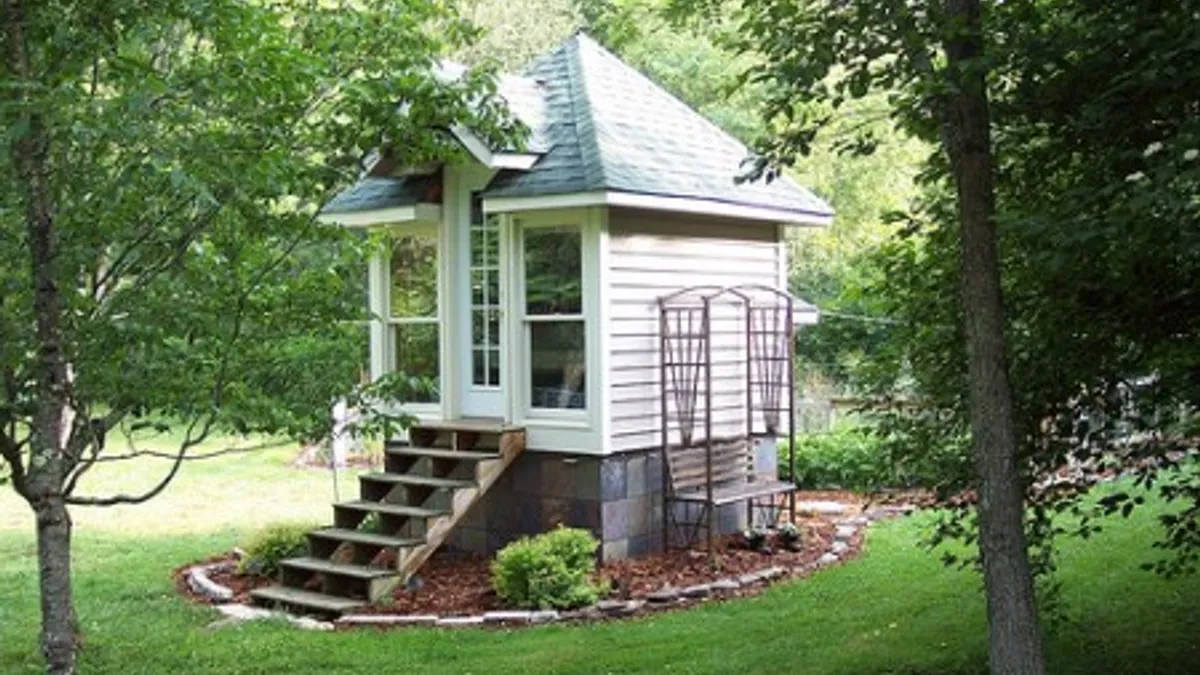Dive Brief:
- Pima County, AZ, home to the city of Tucson, has jumped aboard the tiny house bandwagon and established new regulations for houses less than 400 square feet, the Arizona Daily Star reported.
- The new rules allow tiny homes of any size, as long as they have permanent foundations, to be built anywhere zoned for single-family homes. It also eases up on building code minimum standards, such as those for egress, that aren't necessary for a tiny home.
- In an interesting twist, tiny homes on trailers, whether mobile or not, now fall under more restrictive zoning rules in Pima County, whereas in the past, a "house on wheels" was the way to circumvent stringent zoning and building requirements.
Dive Insight:
Pima County's move is just the latest sign of changing attitudes among municipalities regarding tiny homes. Last month, Washington, DC, changed its accessory dwelling regulations for certain neighborhoods so that homeowners-in-residence could build small structures on their properties and either rent them or use them for family or employees like au pairs. Housing advocates said the new rules will allow for more diversity in outlying DC areas and will help address the housing problems caused by the 1,000 new residents swarming into the area each month.
The tiny house movement has been making inroads in the U.S. housing market but has failed to establish a mainstream foothold yet. However, there are building plans galore floating around on the Internet for tiny houses, with architecture firms specializing in their design and even DIY packages from building material suppliers like 84 Lumber.
One of the greatest obstacles to more people taking advantage of the benefits of tiny living has been zoning laws. Developers like Colorado’s Sprout Tiny Homes, which is developing a 200-unit tiny home community in Salida, CO, have been working with municipalities on their permitting and zoning regulations in an attempt to educate and persuade them to allow tiny houses.
In addition, misconceptions abound in some communities when it comes to tiny houses. For example, neighbors of an $8 million planned tiny home community in Tallahassee, FL, protested the development on the grounds that it would attract "the wrong kind of person," as the plan is for it to cater to low-income individuals. Neighbors have argued that this has the potential to make the neighborhood unsafe.












